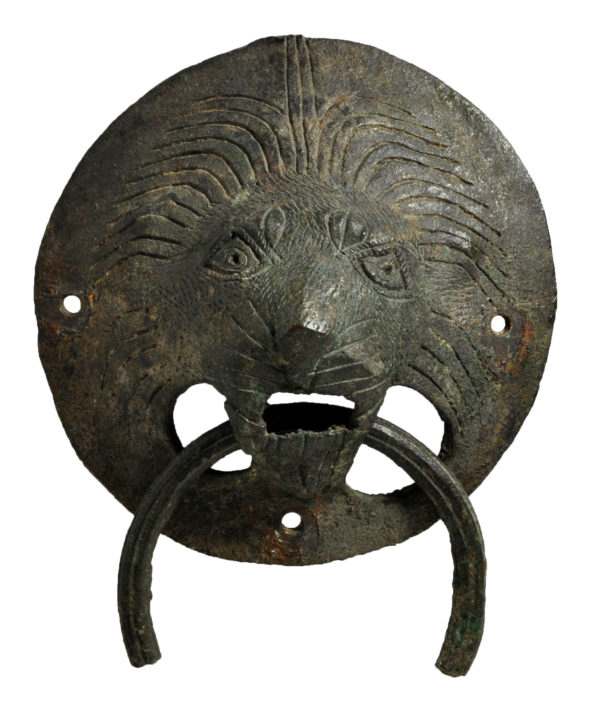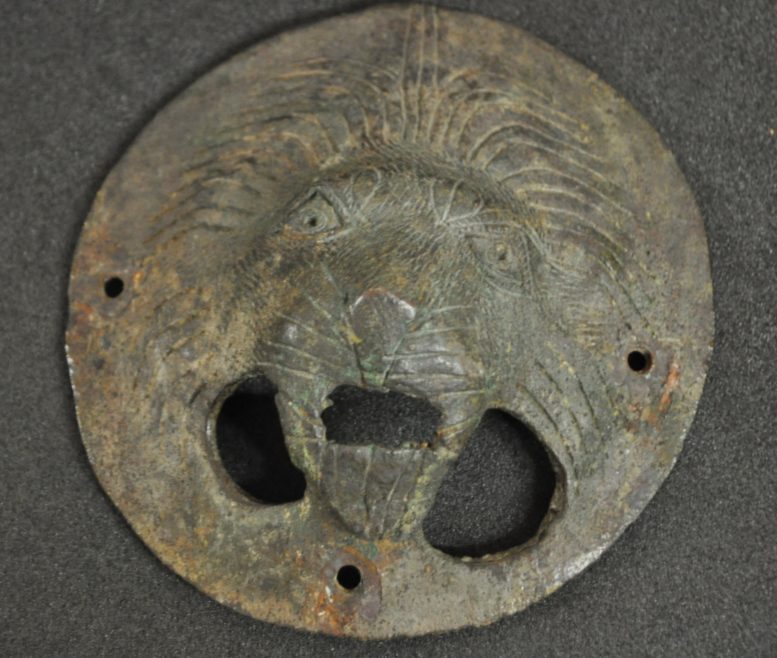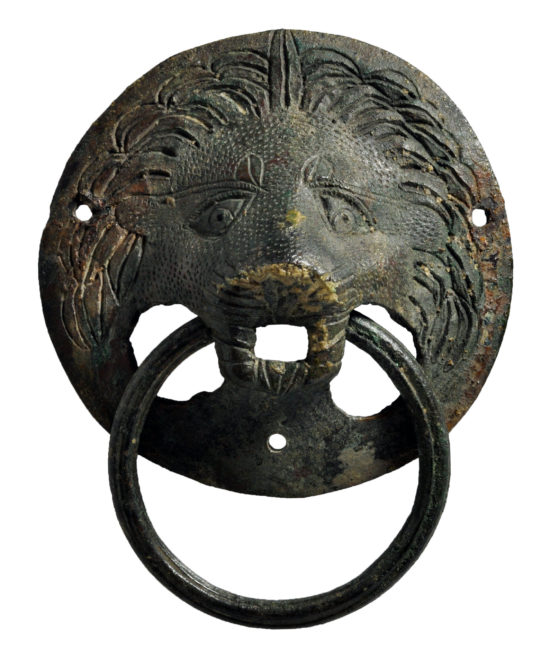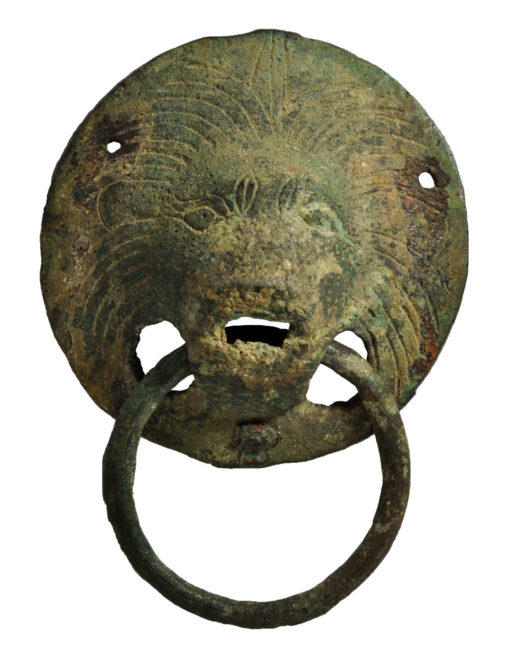Our Collections Inventory Assistant, Immie, wanted to share another exciting highlight from her work in our stores! This object is a bronze lion doorknocker which was found in the 1920s excavations at the twelfth-century site of Muristan, Jerusalem.
Muristan was the site of the hospital used by the Order of St John from around AD 1080 but the site itself had been used as a hospital since the Roman period. Its connection to the Order of St John originated with Brother Gerard, who was a brother of the Benedictine order and Rector of the hospice in Muristan. After his imprisonment during the First Crusade, he was allowed to resume his work with the hospital and later adopted the policy of receiving all patients, regardless of their religion. This became the foundation for the Knights Hospitaller with the hospital adopting Augustinian rule by valuing community life over that of oneself and being under the protection of St John the Baptist. This helped pave the way for the formation of the Order of St John.
But what was this object used for and does it have a connection to the early foundation of the Hospital?
We have two similar objects in our collection which are on display in our Order Gallery. These objects were initially thought to have been used as doorknockers, made from cast iron and roughly engraved to look like a lion’s head. The date of the twelfth century coincides with the foundation of the hospital and therefore fits neatly with the chronology of the site. It was initially thought that these objects functioned as doorknockers for the hospital, however they only measure about 11cm wide and, compared to the large size of many Medieval doors, it seems unlikely that they functioned as doorknockers.
More recent research has indicated that these objects may have a much deeper history embedded in the Roman period. It is thought that, instead of doorknockers, these objects functioned as handles for wooden sarcophagi and were produced in sets of four, used to carry coffins to their final resting place. Originating from Northern Syria in the first and third centuries AD, these delicately designed objects are actually thought to be almost 2000 years old! This makes the preservation of these objects all the more special, as many other Roman bronze objects have been severely corroded due to age and poor conditions or melted down to make new objects.
This exciting discovery, thanks to the work of the 2016 research team from the Bearers of the Cross project, reveals the fascinating stories and histories our objects can tell when we delve a little deeper into their pasts!







